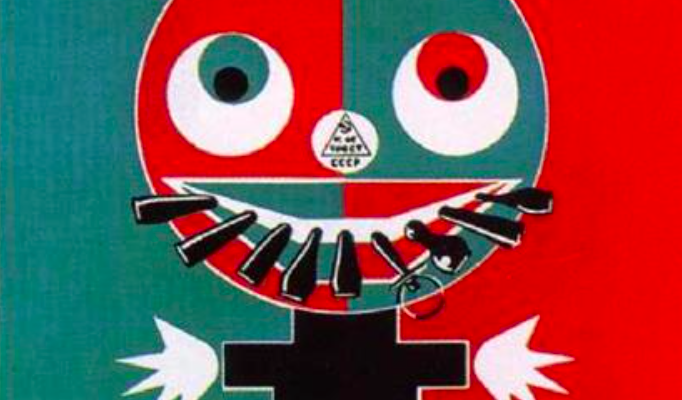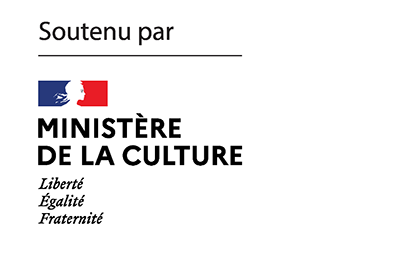As the Israeli response continues to batter Gaza, with the human toll rising daily, we are deeply moved by the fate of the Gazan population. This emotion must lead us to question, in a critical mode, the turn currently taken by the military intervention under the influence of Netanyahu’s government, which is itself incapable, as might be expected, of finding a political grip on the situation, and therefore of envisaging the prospects for ending the crisis which remain open and which it is important that they finally take shape. This is where we are now, and it is the scale of Palestinian civilian casualties that forces us to face the facts: politics must regain its rights if the war is to be brought to an end – the war that Hamas provoked and in which Israel is engaged for its own security. However, for all the parties involved – and therefore for the Palestinians as well as the Israelis – the outcome depends on a first condition: that the whole sequence in which the current war is actually taking place be taken into account. For it appears as the consequence of a phenomenon of a different order, unprecedented and triggering: the pogrom of October 7. This is our conviction at K. : no viable political perspective is likely to emerge today, except by recognizing and analyzing the turning point represented by this event, on the two distinct and interdependent levels of the Israeli-Palestinian conflict, on the one hand, and Jewish history, on the other.
And yet, what is currently dominant in world public opinion is precisely the opposite: ignorance, even denial, of the singularity of recent events, which tend to be reduced to the supposedly linear and seamless weave of the conflict between the two causes, Palestine and Israel. That’s why, before continuing our analysis by resuming our usual rhythm of publication next week, we’d like in this issue to return to the most radical forms of this misunderstanding, which obstruct the political-historical horizon instead of making it intelligible. This ignorance must be overcome at all costs if the political situation is to be assessed realistically, i.e. taking into account the nature of the forces at play and what is still possible, beyond the war aimed at eliminating Hamas, to recompose from them.
If anti-Zionist discourse insists above all on the need to contextualize and understand the events of October 7, it is also to remove any explanatory character from them. Israel’s military response thus appears completely unmotivated, unless we assume that it is part of a continuing desire to annihilate the Palestinian people, which some people do not hesitate to see as constitutive of the formulation of the Zionist project. The article we are publishing this week, which originally appeared in Middle East Quarterly, offers a well-documented response to one of the arguments most frequently mobilized along these lines: the idea that the first Zionists would have denied the existence of any population in the territory of Palestine where they hoped to establish the Jewish state. By tracing the history of the formula “A land without a people for a people without a land”, Diana Muir deconstructs this myth, and reveals its unthought: the question of the construction of Palestinian national identity.
The first text we republish this week also fights against a so-called deciphering of the conflict, which is in fact more akin to a way of blurring the reference points that enable understanding. Eva Illouz’s response to Didier Fassin’s analogy between the Israeli response in Gaza and the genocide of the Herero reminds us of the essential point: equating the Israelis with the German colonizers, and Hamas with their victims, is not the stuff of social science comparatism, but of particularly specious political rhetoric. If the motives behind it seem rather transparent, the diatribe by our ever-punchy contributor Karl Kraus helps us to understand the psychological underpinnings of its success in Western political movements that supposedly want emancipation. It’s all about the masochistic pleasure that comes at little cost to those who identify with the “mistreated object”, and their dismay at the idea that the figure of the perfidious oppressor may finally be lacking.








